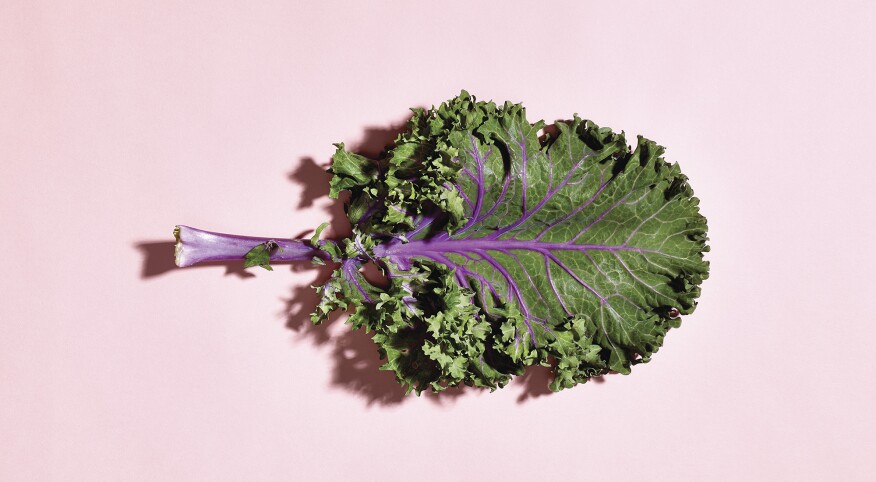With all the scrubs, masks, creams and gels on the market that promise to transform dull, aging skin, it can be confusing to know what to reach for on drugstore shelves. But the road to healthy skin starts with what’s on your refrigerator’s shelves.
“Fruits and vegetables are packed with vitamins and minerals that are essential for skin health. Healthy fats are important as [they contain] anti-inflammatories that help maintain the skin’s integrity, as well as keep it soft, supple and moisturized,” explains Peterson Pierre, a board-certified dermatologist at Pierre Skin Care Institute in Thousand Oaks, California. “Skin care can be very effective, but treating the entire body from the inside is definitely more productive. There are many ingredients that simply cannot penetrate the skin but can be supplied through an effective and complete diet.” To eat your way to gorgeous skin, add these foods to your next grocery list.
Sardines
As we get older, our skin produces less sebum (oil) and may retain less moisture, exacerbating the appearance of fine lines. “Hyaluronic acid is one of the skin’s most important hydrators, but production starts declining in our early 30s. Essential fatty acids are the building blocks of healthy cell membranes,” says Pierre, adding that fatty acids help produce the skin’s natural oil barrier and are critical for skin plumpness and hydration. Canned sardines are an excellent source of omega-3 fatty acids. Salmon, mackerel and other fatty fish are also high in omega-3s, but seaweed, chia seeds, walnuts and kidney beans are good alternatives if you have a seafood allergy.
Black beans
Minerals play a significant role in maintaining skin health. “Copper activates an enzyme required for collagen maturation, allowing the fibers to cross-link and form the scaffold that supports our tissues,” says Pierre. “Zinc activates essential proteins needed for collagen synthesis and collagen remodeling.” Black beans are a great plant-based source for zinc, copper and even selenium, which is associated with a reduced risk of skin cancer. Eggs, oysters, leafy greens, nuts, seeds, legumes and dark chocolate also contain reasonable amounts of these minerals.
Sweet potatoes
Ever wonder what gives sweet potatoes their vibrant orange color? Beta-carotene, which your body converts into vitamin A, deserves the credit. Because retinoids are derived from vitamin A, eating sweet potatoes regularly can prevent the rise of collagenase, an enzyme that breaks down collagen, according to Pierre. Not a fan of sweet potatoes? Know that carrots, butternut squash, cantaloupe, apricots and mangoes can deliver similar benefits.
Soy
Estrogen loss naturally occurs during menopause. A loss in estrogen can accelerate skin aging. Some menopausal women experience acne due to hormonal imbalances. Tofu, edamame, soy milk and soybeans may help balance your hormones and improve skin elasticity because they contain phytoestrogens (aka estrogen-mimicking compounds).
Kale
This dark leafy green vegetable is worth the hype from a nutritional standpoint. Kale, one of the most nutrient dense foods, is high in manganese, potassium, calcium, copper, magnesium and vitamins A, B6, C and K. “The vitamin A in kale promotes cell turnover, thereby allowing natural exfoliation and strengthening your skin’s defense against clogged pores,” says Pierre.
Red and yellow bell peppers
Black don’t crack, but melanated sisters can sometimes experience sagging with age. Pierre says vitamin C, an essential cofactor in collagen production, is tied to improved skin firmness and elasticity. (Studies have linked vitamin C deficiency to hair loss). Bell peppers, citrus fruits, kiwi, papaya, Brussels sprouts and broccoli are great sources of vitamin C, which can also support healthy nails. Combined with diet, adding a vitamin C serum to your daily skin care routine may further combat sagging skin. Two options to try: Drunk Elephant C-Firma Vitamin C Day Serum($80) and Tatcha Violet-C Brightening Serum 20% Vitamin C + 10% AHA($88).
Blueberries
Blueberries are high in anthocyanin, a potent antioxidant that acts as a natural barrier against sun damage and neutralizes free radicals brought on by air pollution, dust and secondhand smoke — all of which are associated with premature aging. Other antioxidant-rich foods include raspberries, blackberries, raisins, plums, eggplant, purple cauliflower and red cabbage. Even if berries aren’t in season, make your way down the freezer aisle. Fruits and vegetables are usually frozen at their peak of freshness, so with some produce you get similar nutritional benefits, whether they are frozen or fresh.
A final tip: Eating all the colors of the rainbow can make a significant difference in your skin’s appearance and overall health. As a general rule of thumb, colorful fruits and vegetables should make up half of your plate. Greasy foods, including fried chicken and potato chips, can disrupt the healthy ratio of omega-3s and omega-6s, leading to redness, swelling, rosacea and eczema, says Pierre. He also recommends staying away from sugar-laden foods like candy bars and soda. “Refined sugars feed bad bacteria in your gut,” he explains, “which then crowd out the good bacteria and can cause acne.”So aim for fresh produce, healthy fats and whole grains for happy, healthy skin.

Jens Mortensen/Gallery Stock










